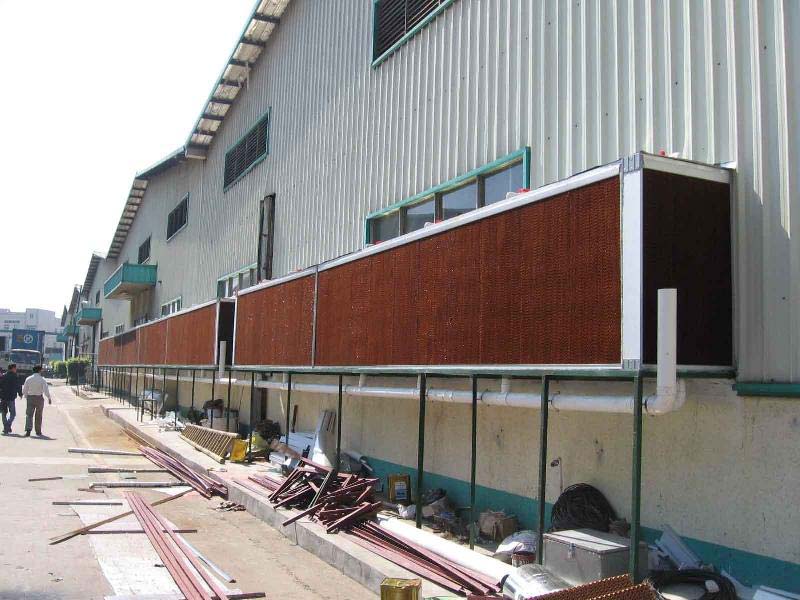


Figure 1a and Figure 1b show the addition of moisture into the air through evapotranspiration and photosynthesis processes, respectively. It concludes that moisture is added into the surrounding air inside the greenhouse at night (through evapotranspiration) as well as at daytime (through photosynthesis). Evaporation of water vapors occurs from the soil inside the greenhouse and transpiration of water vapors occurs from stomata (i.e., small openings underside the plant leaves). The authors conclude that solar operated desiccant based evaporative cooling systems could be an alternate option for next generation greenhouse air-conditioning.Ģ n CO 2 + 4 n H 2 O xylem → sunlight 2 CH 2 O n + 2 n O 2 ↑ + 2 n H 2 O ↑ E1įurthermore, evapotranspiration or ET is combined process of evaporation and transpiration. However, different high-performance zeolites and molecular sieves are extensively studied in literature. Different desiccant materials i.e., silica-gels, activated carbons (powder and fiber), polymer sorbents, and metal organic frameworks have also been summarized in this study along with different desiccant air-conditioning options. The direct, indirect, and Maisotsenko cycle evaporative cooling systems, and multi-stage evaporative cooling systems have been summarized in this study. In this study, the authors have summarized their published work on different desiccant and evaporative cooling options for greenhouse air-conditioning. In this regard, an air-conditioning system could provide the required conditions in harsh climatic regions. Plants require optimum temperature/humidity and vapor pressure deficit conditions inside the greenhouse for optimum yield. Temperature and humidity control are crucial in next generation greenhouses.


 0 kommentar(er)
0 kommentar(er)
